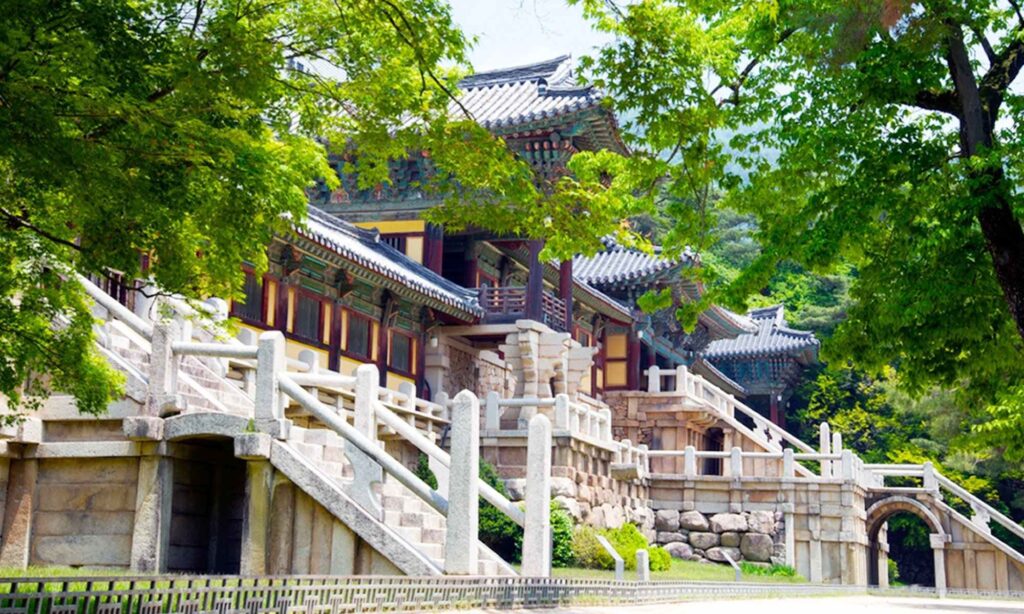Gyeongju, South Korea travel tips
Category
Categories
Popular Articles

Often referred to as the “museum without walls,” Gyeongju is a city nestled in the southeast corner of South Korea. Steeped richly in history, it was the capital of the ancient kingdom of Silla for nearly a thousand years. UNESCO recognized several sites in Gyeongju that boast astounding historical value, making the city a crown jewel for any history buff.
## Best Time to Visit
The best times to visit Gyeongju are during the spring months of April to June and the fall months of September to November. During these seasons, the weather is temperate, and nature is at its most beautiful, with cherry blossoms in spring and colorful foliage in fall. Major events include the Cherry Blossom Marathon in April and the Silla Cultural Festival in October.
## Climate & What to Pack
Gyeongju has a temperate climate, with four distinct seasons. Summers can be hot and humid, while winters are chilly. Spring and fall are relatively mild. For summer trips, pack light clothing, a sun hat, and sunscreen. In winter, warm clothing is essential. Always carry an umbrella regardless of the season due to occasional showers.
## Getting There
The nearest major airport is Incheon International Airport in Seoul. From there, you can take a domestic flight to Ulsan or Pohang airports. Alternatively, the KTX bullet train from Seoul to Singyeongju station is a popular option. For entry into South Korea, most western nationals get a 90-day visa upon arrival, but check with your local embassy to ensure.
## Getting Around Locally
Gyeongju is well-serviced by local buses and taxis. It’s a compact city, which makes walking and biking to most sites viable. Rentals for cars and scooters are available, but with heavy traffic and abundant public transport, they aren’t necessary.
## Safety Tips
Gyeongju is a safe destination. Normal precautions should be taken against pickpocketing or other petty crimes that can occur in any busy tourist area. Respect local customs and etiquette, especially when visiting temples or shrines.
## Top Things to Do & See
Top attractions include Bulguksa Temple, Cheomseongdae Observatory, and the Royal Tombs. For more offbeat adventures, visit Yangdong Folk Village or hike Namsan Mountain. Don’t miss a cultural performance at the Gyeongju National Theater.
## Where to Stay
Gyeongju offers a variety of accommodation types ranging from luxury hotels like the Hilton and Hanjin resorts, to mid-range places like Sugar Guesthouse and budget options like GG Tourist hotel. The downtown area has easy access to most attractions.
## Food & Local Cuisine
Gyeongju is famous for dishes like Hwangnam-ppang (a sweet red-bean bread), Ssambap (a type of rice dish with herbs), and Chodang Sundubu (tofu dish with soy sauce). Dine in traditional Korean restaurants or try street food stalls in the central market.
## Cultural & Practical Tips
The official currency is the Won (KRW). Most South Koreans speak Korean but English is widely used in tourist-friendly areas. There is no general tipping culture. Expect Wi-Fi access in most public places & accommodations. South Korea uses type F outlets.
## Sustainable or Responsible Travel Tips
Respect the numerous historical sites by not littering or touching artifacts. If possible, walk or cycle instead of using motorized transport to reduce carbon emissions.
Lastly, Gyeongju may overwhelm you with its amount of historical sites. To fully experience the city’s beauty, slow down, and take your time to soak in its rich history and culture. It’s not about racing from one site to another, but about immersing yourself in what was once the heart of the Korean civilization.










